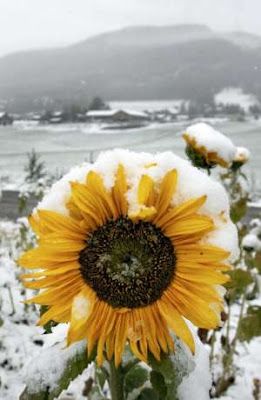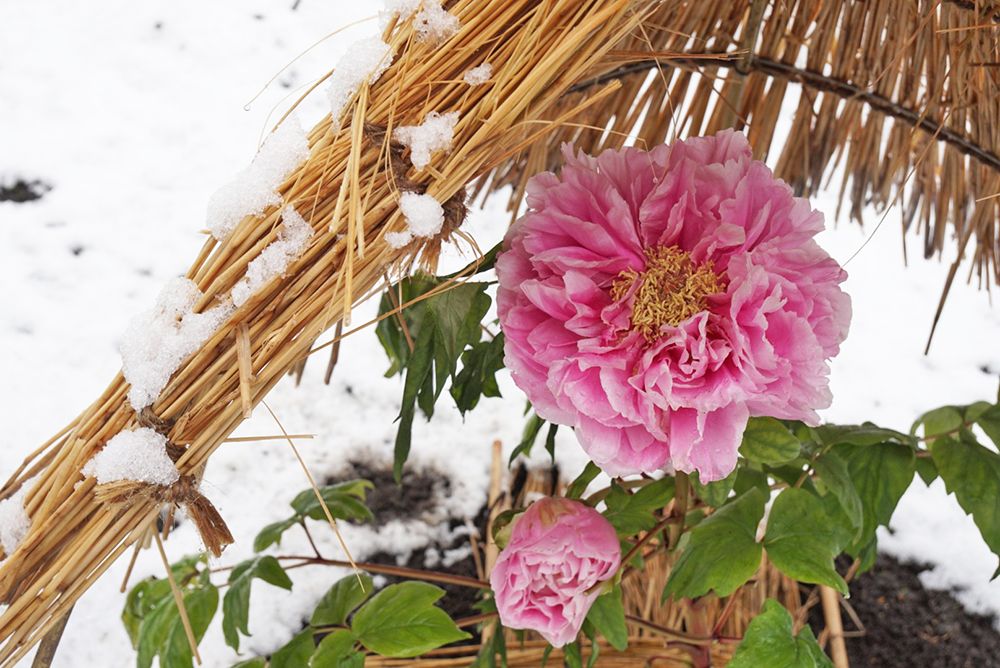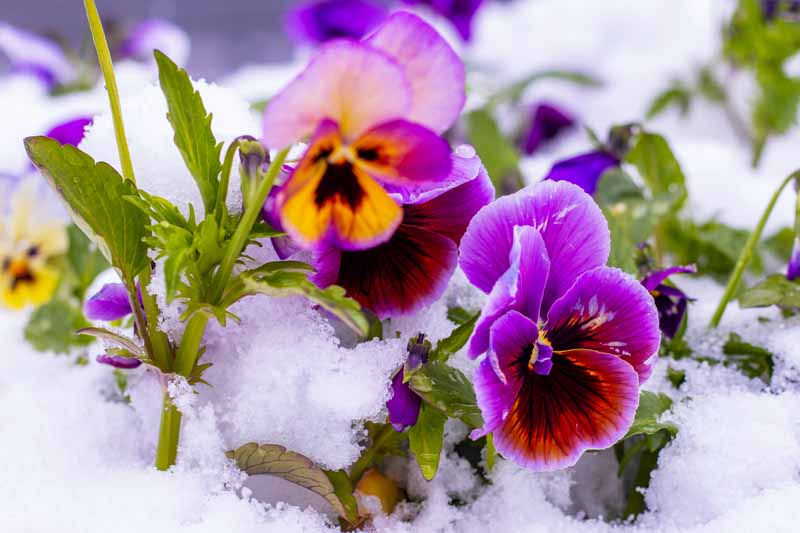Snow In Summer Flower: The Easytogrow Ground Cover That Blooms All Summer Long
Title: Snow in Summer Flower: The Easy-to-Grow Ground Cover That Blooms All Summer Long
Introduction
Snow in summer flower (Cerastium tomentosum) is a low-maintenance, drought-tolerant perennial that is perfect for adding a touch of beauty and interest to any garden. It is known for its delicate white flowers that bloom profusely in the summer, giving the appearance of a blanket of snow. Snow in summer flower is also a great choice for pollinators, as it attracts bees, butterflies, and other insects.
Main Content
- Planting and care
Snow in summer flower is easy to plant and care for. It prefers full sun to partial shade and well-drained soil. It is not particularly fussy about soil type, but it does best in sandy or loamy soil. Snow in summer flower can be planted in the spring or fall. When planting, space the plants about 12 inches apart.
Snow in summer flower is a low-maintenance plant. It does not require regular watering, but it may need to be watered more often during hot, dry weather. It does not need to be fertilized often, but a light application of fertilizer in the spring will help to promote flowering.
- Propagation
Snow in summer flower can be propagated by seed, division, or cuttings. Seed propagation is the most common method. Sow seeds in the spring or fall in a well-drained seedbed. Keep the soil moist until the seeds germinate, which usually takes about 2 weeks.
Snow in summer flower can also be propagated by division. In the spring or fall, carefully dig up a mature plant and divide it into several smaller clumps. Replant the clumps in their new location.
Snow in summer flower can also be propagated by cuttings. In the spring or summer, take 4-6 inch cuttings from a healthy plant. Remove the lower leaves from the cuttings and dip them in rooting hormone. Plant the cuttings in a well-drained potting mix and keep them moist until they root, which usually takes about 2 weeks.
- Pests and diseases
Snow in summer flower is generally resistant to pests and diseases. However, it can be susceptible to powdery mildew, especially if the plant is planted in a shady location. If powdery mildew occurs, treat the plant with a fungicide according to the label directions.
- Uses
Snow in summer flower is a versatile plant that can be used in a variety of ways in the garden. It is a beautiful ground cover that can be used to fill in empty spaces or to create a border. It can also be used in rock gardens or in containers. Snow in summer flower is also a good choice for pollinator gardens, as it attracts bees, butterflies, and other insects.
Conclusion
Snow in summer flower is a beautiful, easy-to-grow ground cover that is perfect for adding a touch of beauty and interest to any garden. It is drought-tolerant, low-maintenance, and deer-resistant. Snow in summer flower is also a great choice for pollinator gardens. If you are looking for a versatile and easy-care plant for your garden, snow in summer flower is a great option.
Snow in summer flower, also known as Cerastium tomentosum, is a low-growing, evergreen perennial that gets its common name from its habit of blooming in the early summer. The plant forms a dense mat of silvery-gray foliage that is dotted with star-like, pristine white flowers. Snow in summer is a drought-tolerant plant that is easy to grow and care for. It is a popular choice for ground cover in sunny areas.
To learn more about snow in summer flower, visit Home Gardening. This website provides detailed information on the plant's care, propagation, and uses. You can also find photos and videos of snow in summer flower in bloom.
FAQ of snow in summer flower
- What is snow in summer flower?
Snow in summer flower, also known as Cerastium tomentosum, is a low-growing perennial plant that produces a mat of silvery-gray foliage and white flowers in late spring and early summer. It is native to Europe and Asia, but is now grown in gardens around the world. Snow in summer flower is a popular choice for ground cover, as it is easy to care for and drought tolerant.
- Where does snow in summer flower grow best?
Snow in summer flower prefers full sun and well-drained soil. It is tolerant of heat and drought, but does not like wet feet. Snow in summer flower can be grown in USDA hardiness zones 3-9.
- How to care for snow in summer flower?
Snow in summer flower is a relatively low-maintenance plant. Water it regularly during the first year after planting, but once established, it is drought tolerant. Fertilize snow in summer flower once a year in the spring with a balanced fertilizer. Deadhead spent flowers to encourage more blooms.
- How to propagate snow in summer flower?
Snow in summer flower can be propagated by dividing the plant in the spring or fall, or by sowing seed in the spring. When dividing the plant, use a sharp knife or spade to separate the roots into several sections. Replant each section in a new location. When sowing seed, sow the seeds directly in the ground in the spring. The seeds should germinate in 2-3 weeks.
- What are the pests and diseases that affect snow in summer flower?
Snow in summer flower is generally pest and disease resistant. However, it can be susceptible to powdery mildew, especially in humid climates. If your snow in summer flower plant develops powdery mildew, you can treat it with a fungicide.
- What is the first bloom of winter?
The first bloom of winter is typically snowdrops (Galanthus nivalis). These early-blooming bulbs often emerge while snow is still on the ground, providing a breath of fresh air for winter-weary gardeners. In mild winters, snowdrops can flower as early as late January, but February or March is more common.
Image of snow in summer flower
- Dandelions in the snow. This image shows a field of dandelions covered in a light dusting of snow. The snow gives the flowers a delicate and ethereal appearance.

- Sunflowers in the snow. This image shows a row of sunflowers with their heads bowed down in the snow. The snow has accumulated on the petals of the flowers, giving them a frosty appearance.

- Tulips in the snow. This image shows a tulip field with the tulips in full bloom. The snow has fallen on the flowers, but they are still standing tall and proud.

- Lilacs in the snow. This image shows a lilac bush in full bloom with snow on the ground below. The snow has given the lilac flowers a soft and muted appearance.

- Cherry blossoms in the snow. This image shows a cherry blossom tree in full bloom with snow on the ground below. The snow has given the cherry blossoms a delicate and ephemeral appearance.

- Irises in the snow. This image shows a field of irises with their petals covered in snow. The snow has given the irises a frosty and wintery appearance.

- Peonies in the snow. This image shows a peony bush in full bloom with snow on the ground below. The snow has given the peony flowers a soft and muted appearance.

- Hyacinths in the snow. This image shows a field of hyacinths with their petals covered in snow. The snow has given the hyacinths a frosty and wintery appearance.

- Pansies in the snow. This image shows a patch of pansies with their petals covered in snow. The snow has given the pansies a delicate and ethereal appearance.

- Violets in the snow. This image shows a patch of violets with their petals covered in snow. The snow has given the violets a soft and muted appearance.

Post a Comment for "Snow In Summer Flower: The Easytogrow Ground Cover That Blooms All Summer Long"